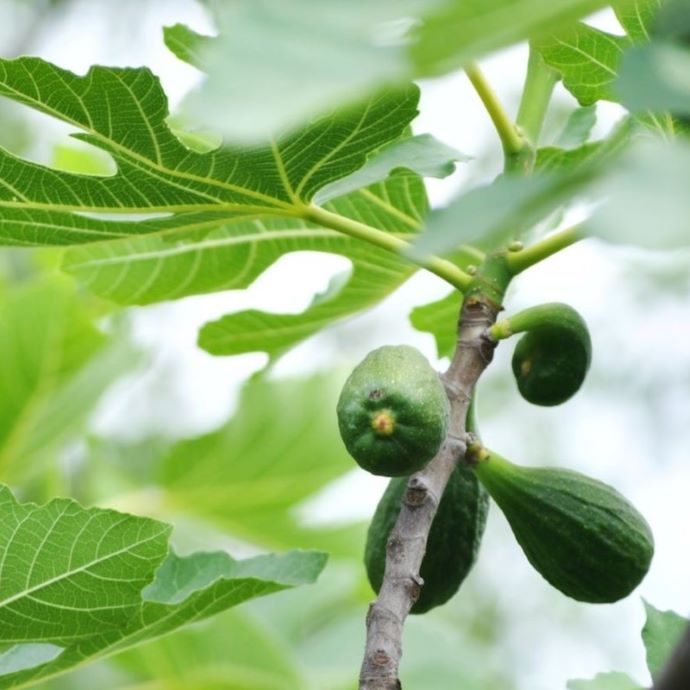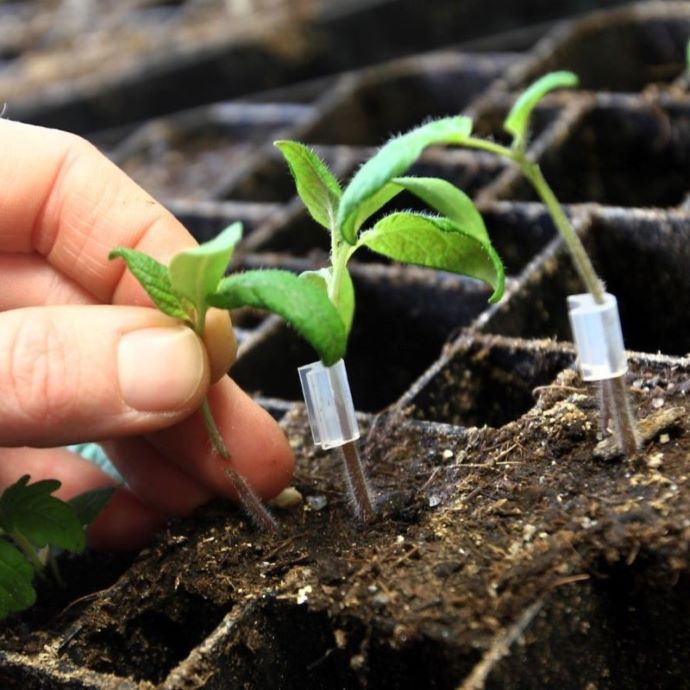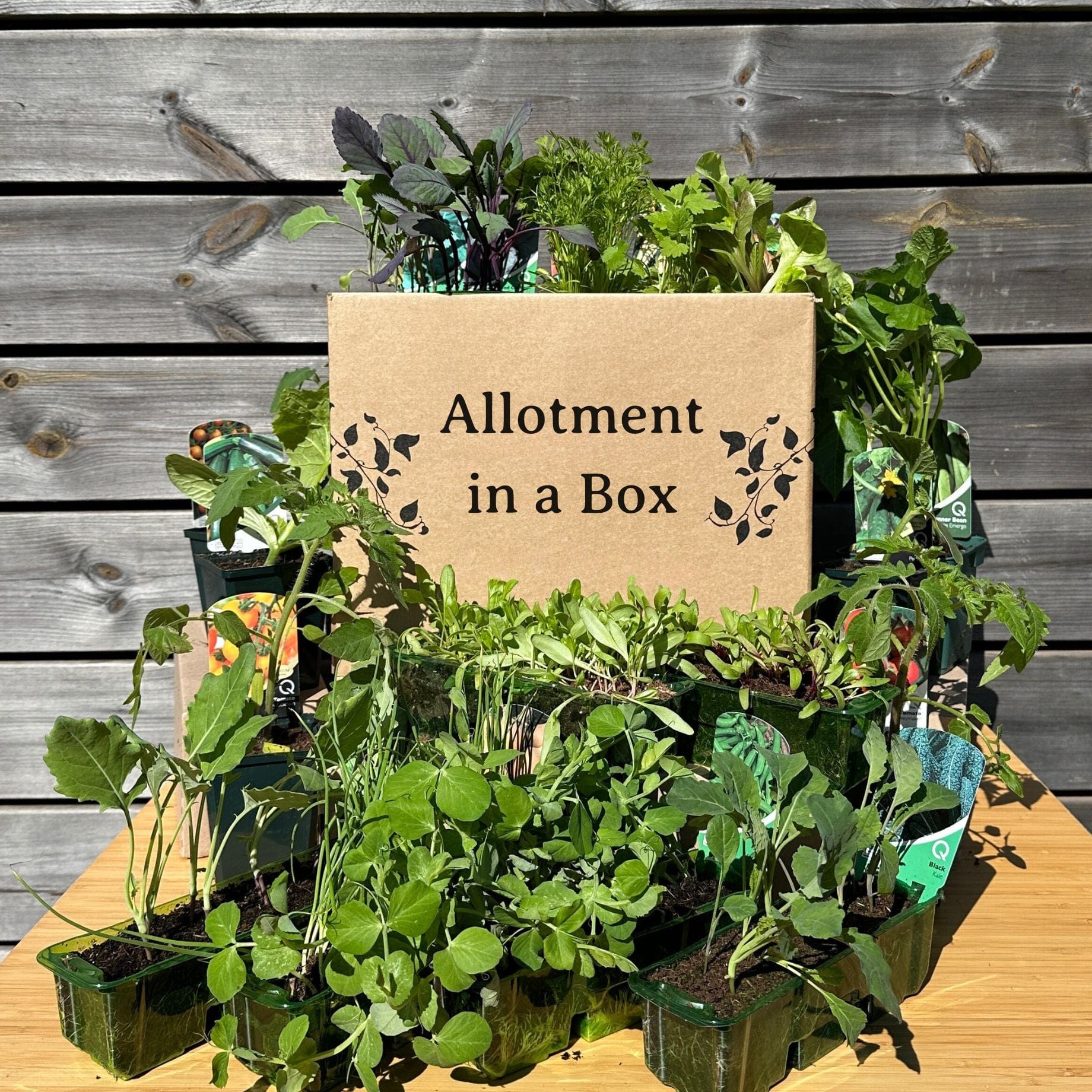Advice & Inspiration
How to Grow Beetroots in the UK

Delicious in salads, pickled and even used alongside chocolate in a scrummy cake, the beetroot is an underappreciated gem of the vegetable world. We don’t think it gets the recognition it deserves but you can help change that by growing your own, either from seed or by purchasing young, healthy plugs you can put straight into the garden. In this guide, we’ll be showing you how to grow and harvest your own delicious beetroots, including tips on how to sow, store and use your glut of globe-shaped purple veg.
Jump to:
- Growing beetroots from seed
- Growing beetroots from plants
- Ongoing care for your beetroot plants
- Harvesting your beetroots
- Storing your beetroots
- Using your beetroots
- Beetroot problems
- Health benefits of beetroot
Growing beetroots from seed
If you’re a “go the whole hog” type of gardener and like starting from scratch, then you can grow your own beetroots from seed. To do this, you’ll need your seeds and, if you want an earlier crop, some cloches (or a propagator and modular tray filled with seed compost to grow your seedlings indoors).
From April onwards, you can sow beetroot seeds outdoors in a shallow trench – just a centimetre deep or so – with each seed roughly 10cm apart, and each row roughly triple that apart. It’s important that you keep this area free of weeds as they’ll compete with your young beetroot seedlings for resources. Water your seeds regularly so that the soil is consistently moist.

Growing beetroots from plants
If you want to skip the seed stage (or don’t want the risk of your seeds not germinating) then buying young plant plugs/strips is a great alternative. Typically purchased from April onwards, though you might be able to get them earlier in milder climes, these plants can be planted straight into the ground. Give your plants a good watering post-planting and ensure they’re well-watered early on to help them establish.

Ongoing care for your beetroot plants
Watering is important to help give you the best beetroots possible; well-watered beetroots are less likely to develop a woody taste and texture, though it’s also important not to overwater your beetroot plants. This can lead to too much foliage growth as opposed to root growth, which is obviously what we want for a root vegetable.
Signs your beetroot plant is overwatered include droopy, yellowing leaves, while an underwatered plant will see its leaves begin to crisp up and become brittle. Feeding isn’t necessarily required if your soil is nice and fertile, however if your plants don’t seem to be growing particularly well, then you can always apply some sulphate of ammonia to give it just that little bit of a boost it needs.

Harvesting your beetroots
You’ll know your beetroots are ready to harvest when the root is the size of a golf or squash ball – this is when their flavour is most pronounced. The longer you leave it, the larger the root will become, however its flavour will start to reduce if you let the root become too big (and even take on a woody taste). Your beets will typically be ready for digging up after eight to ten weeks, though this may vary depending on conditions.

Storing your beetroots
When it comes to storing your harvested beetroots, you’ll want to brush off any soil around the root and trim off the leaves. Take a wooden crate, fill it with some damp sand and layer over your vegetables. Keep this in a dark place like a pantry or cellar. This helps keep the beetroots from losing moisture, thus making them fresher for longer.

Using your beetroots
The best part about growing your own vegetables is when you get to eat them! We alluded to some of the ways you can use your harvested beetroots in the introduction, but those are far from being the only ways. If you’ve got a serious glut, why not try your hand at a traditional borscht, a classic Ukrainian sour soup which typically uses beetroot as the primary ingredient. Or for something to serve at a dinner party, this beetroot and red onion tarte tatin works brilliantly. Finish off the evening with a fancy cheeseboard dished up alongside a scrummy beetroot relish and your guests will be queuing for more.

Beetroot problems
Beetroot plants are generally healthy and robust, however there are a couple of things you’ll still want to watch out for. Firstly, don’t let your beetroot plants dry out as this can lead to the plants bolting and developing a woody flavour. Beet leaf miner is the other potential problem area; the larvae of these flies burrow through beet leaves leading to blotchy blisters appearing on the surface of the leaves.
These can generally be left without management as birds will do it for you. However, if you’re particularly keen on eating the leaves of the plant as well as the root, then you may want to regularly keep an eye out for any populations, squishing them as and when you see them.
Beetroot health benefits
A highly nutritious vegetable, beetroots contain an array of healthy vitamins and minerals, including folate, manganese and potassium. Alongside this, beetroot is packed with antioxidative chemicals, as well as compounds potentially thought to target cancer (though more studies on this are needed). The benefits go on and on, with improved exercise performance, better digestive health and lower blood pressure being just some of the purported advantages to consuming beetroot.
Final thoughts
Hopefully, having read this, you’ll be able to grow more beets than Dwight on his family farm, and use them in a variety of delicious recipes. Make sure you check out our other vegetable grow guides, including peppers, peas and carrots, as well as how to properly space your vegetable plants.



















